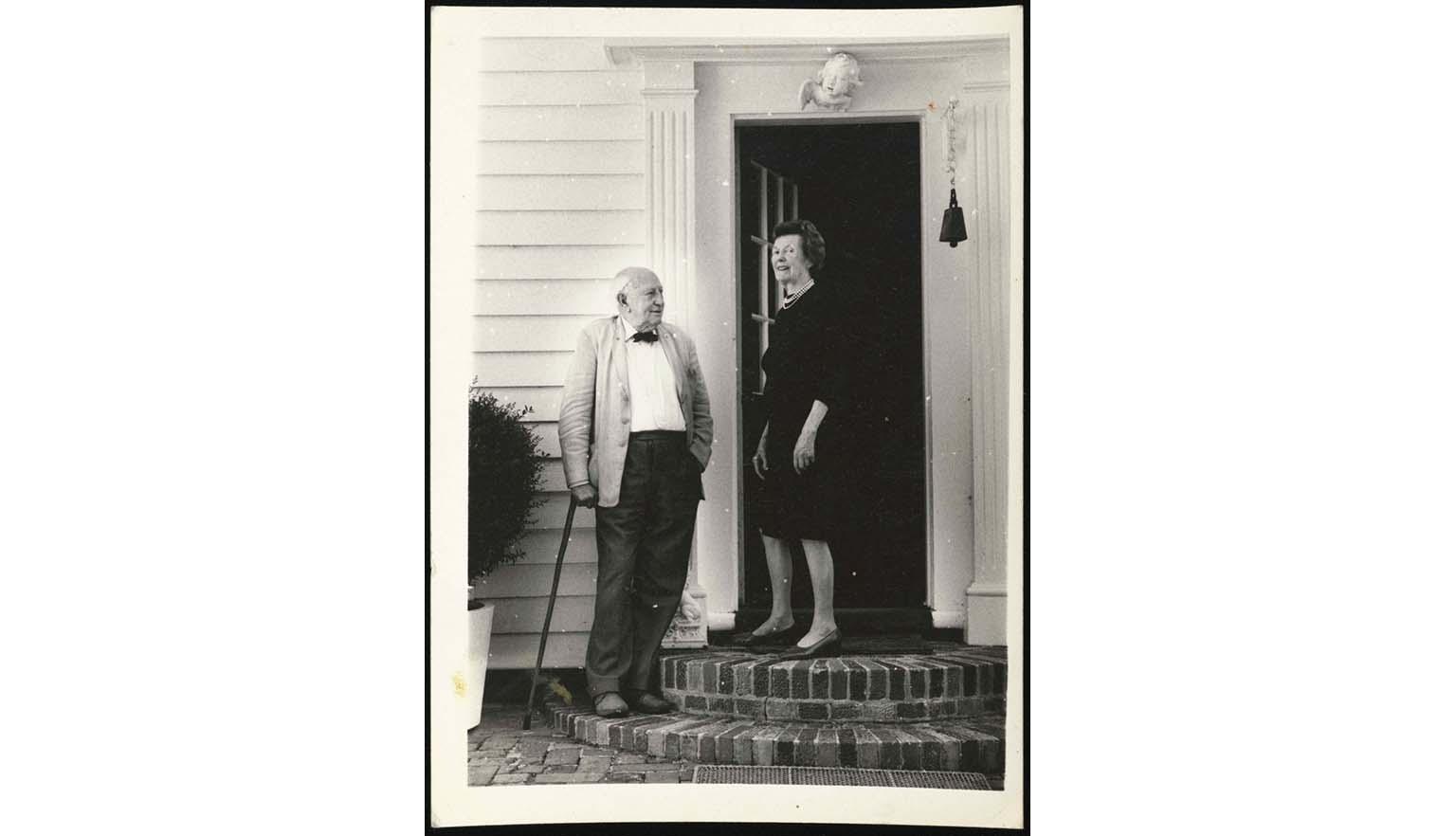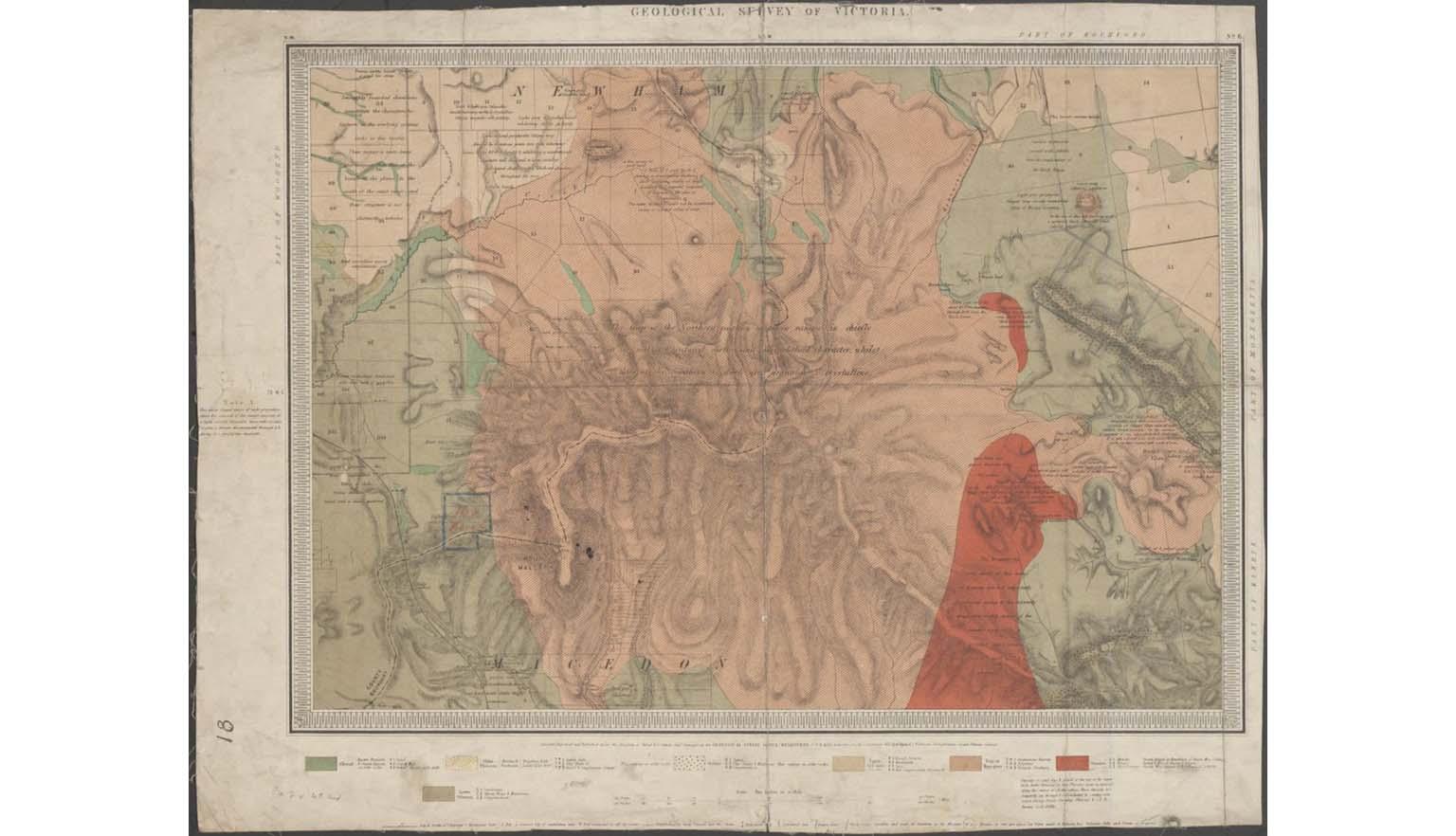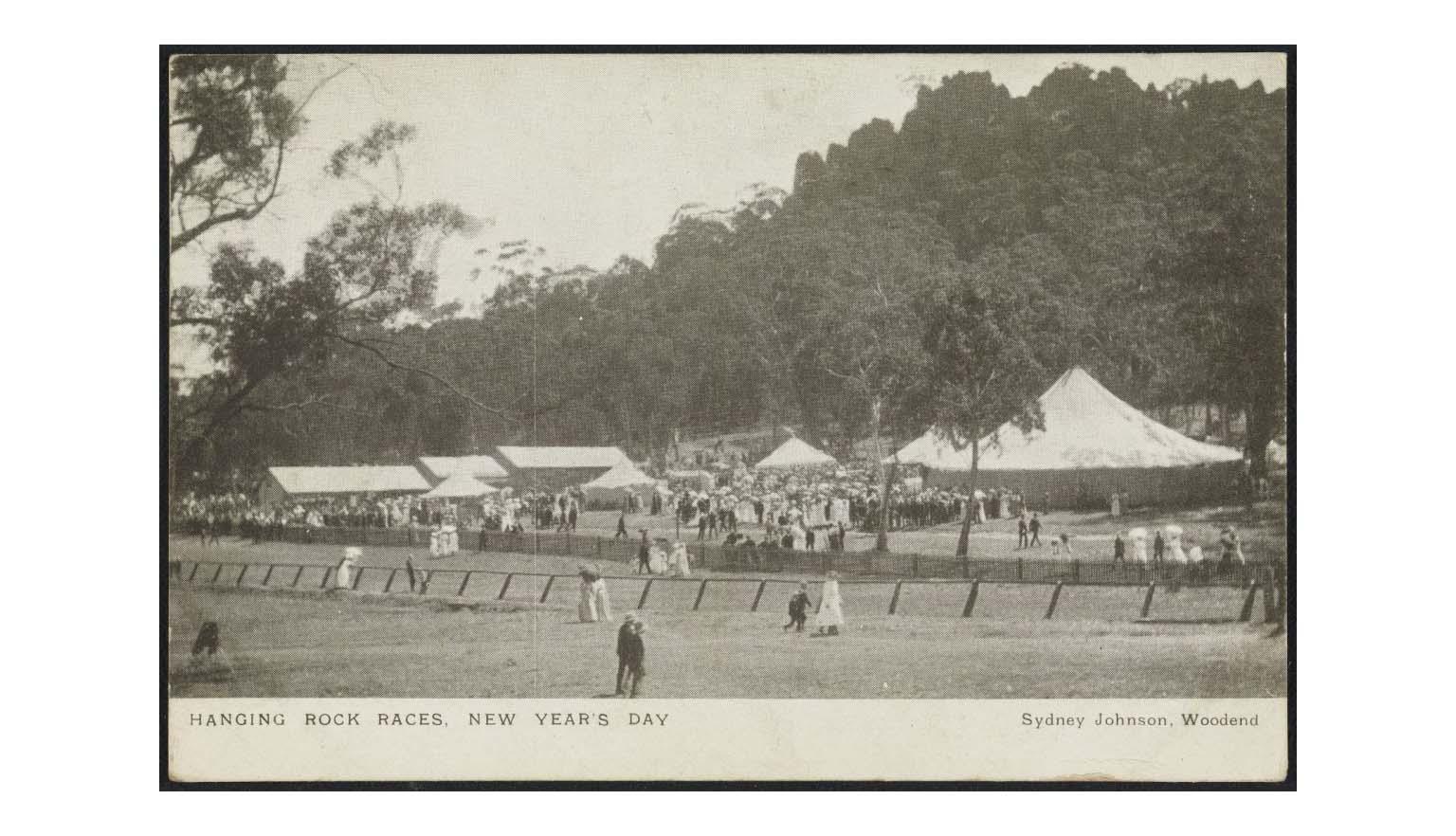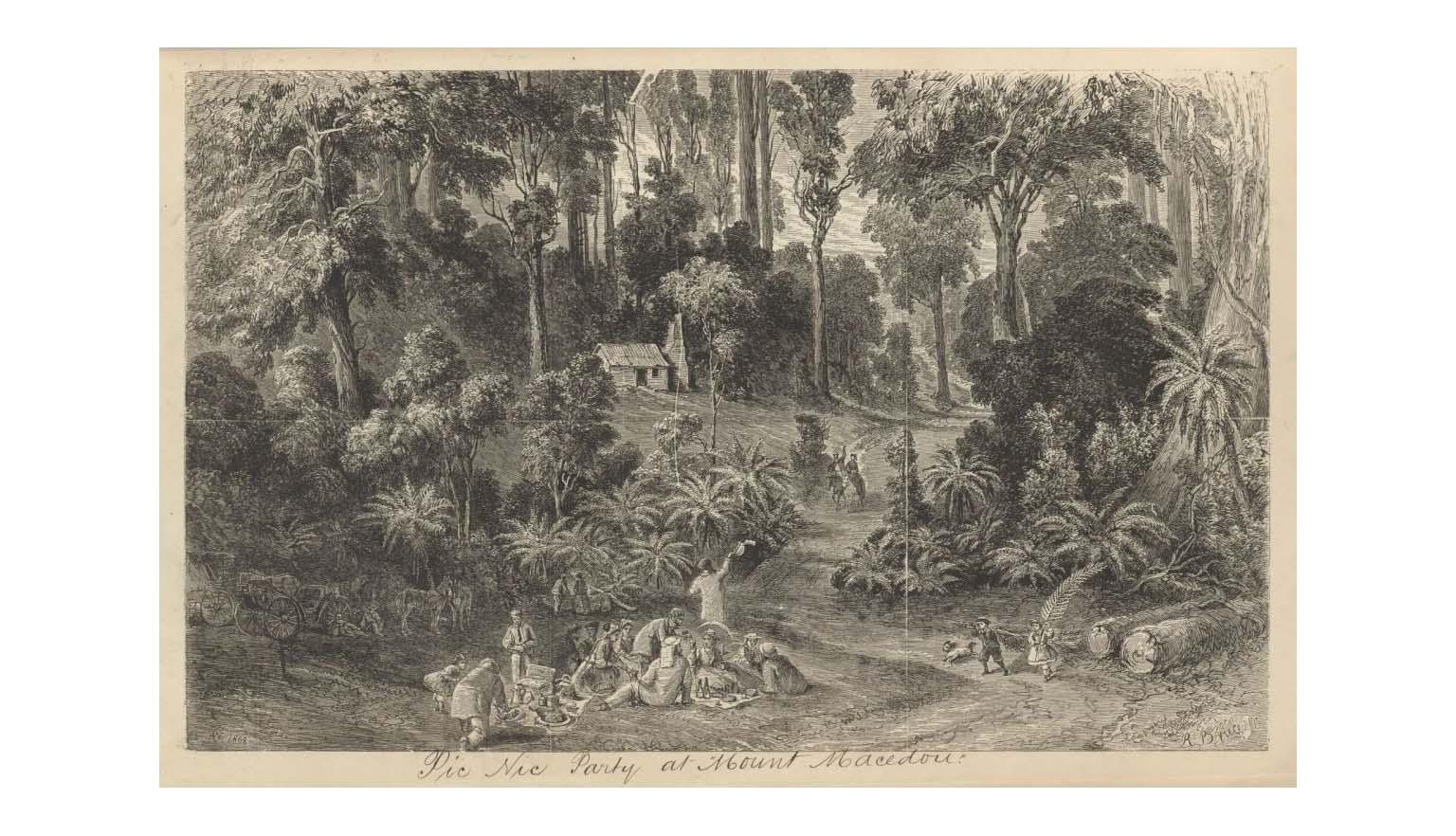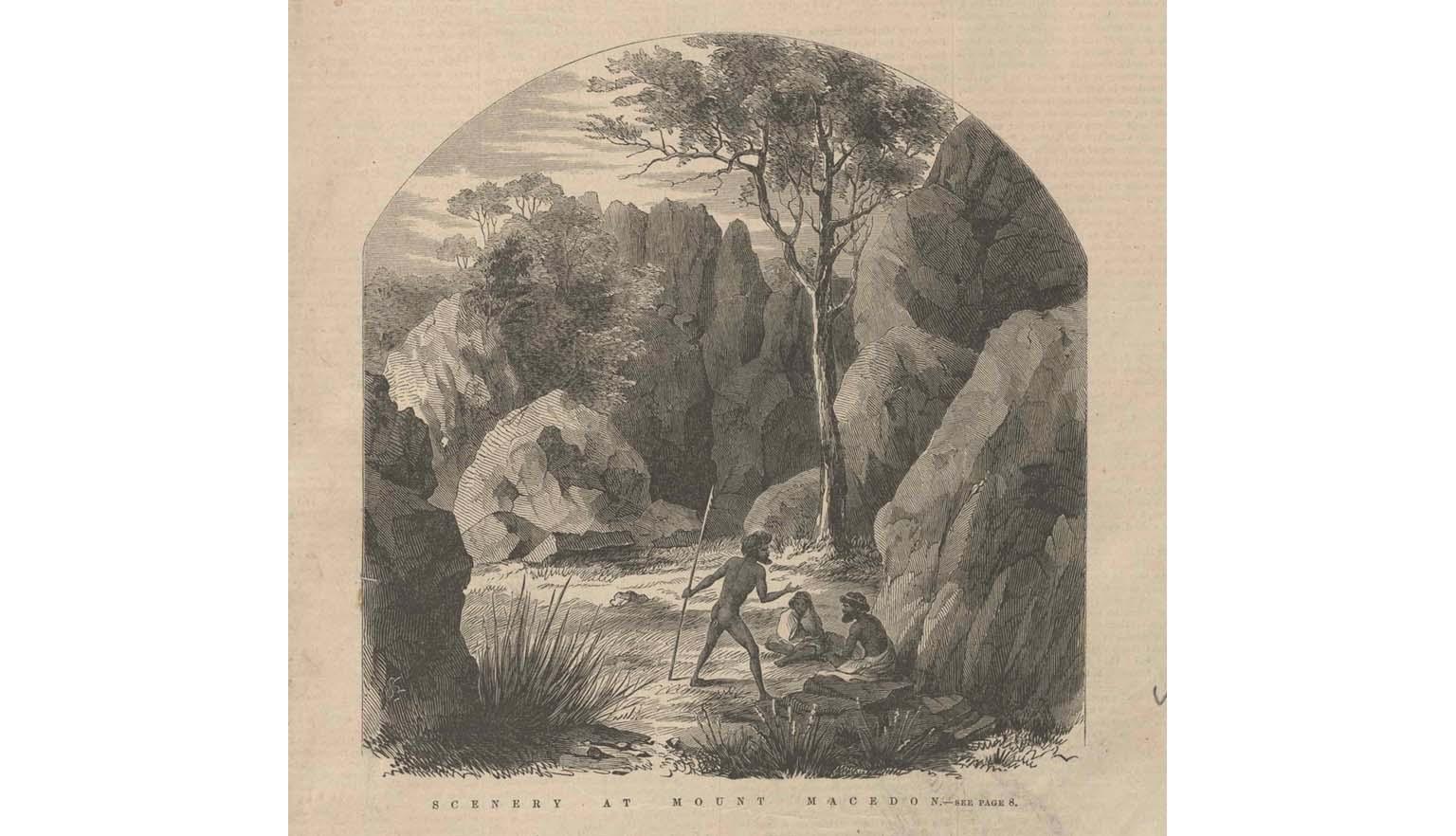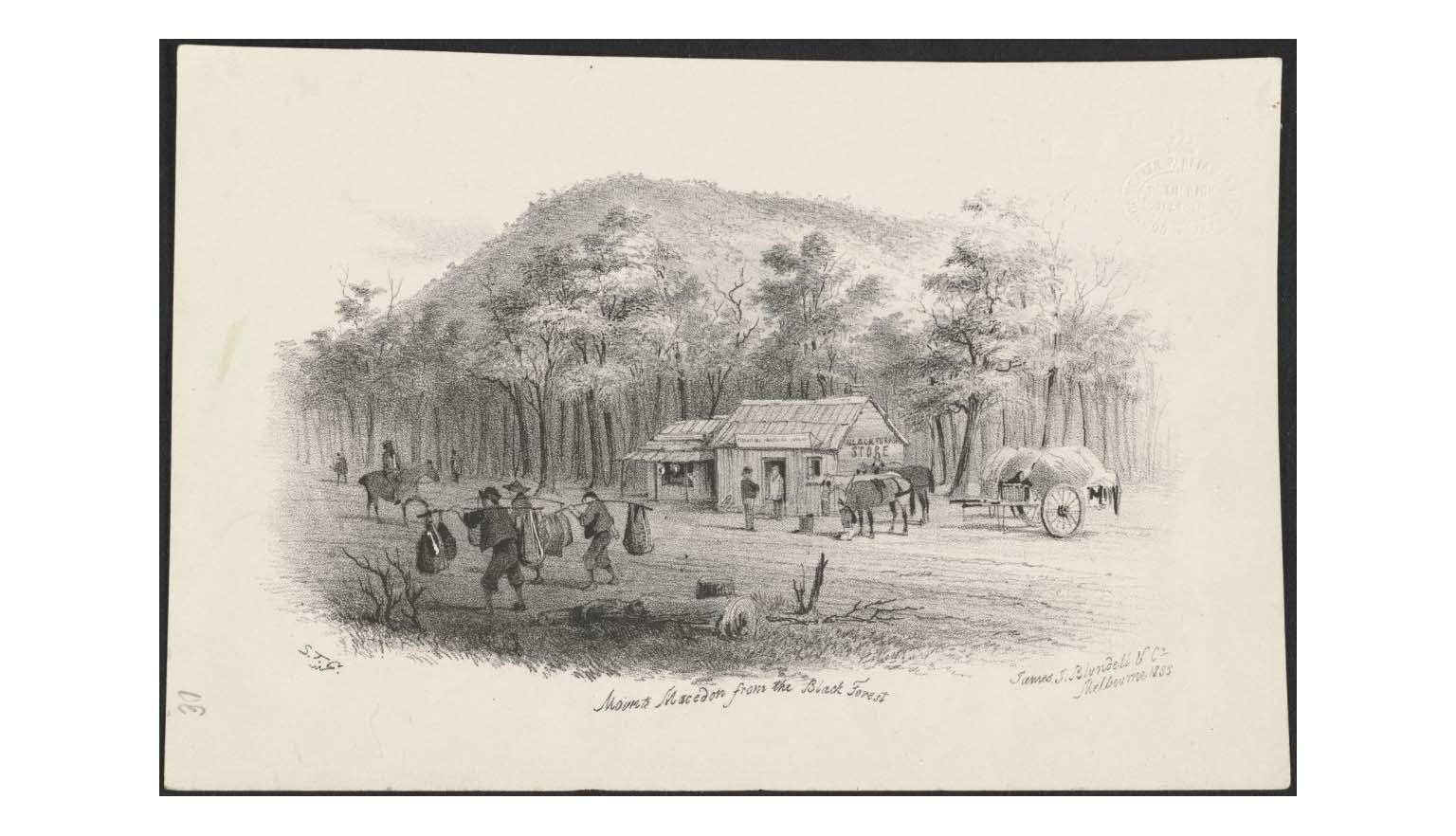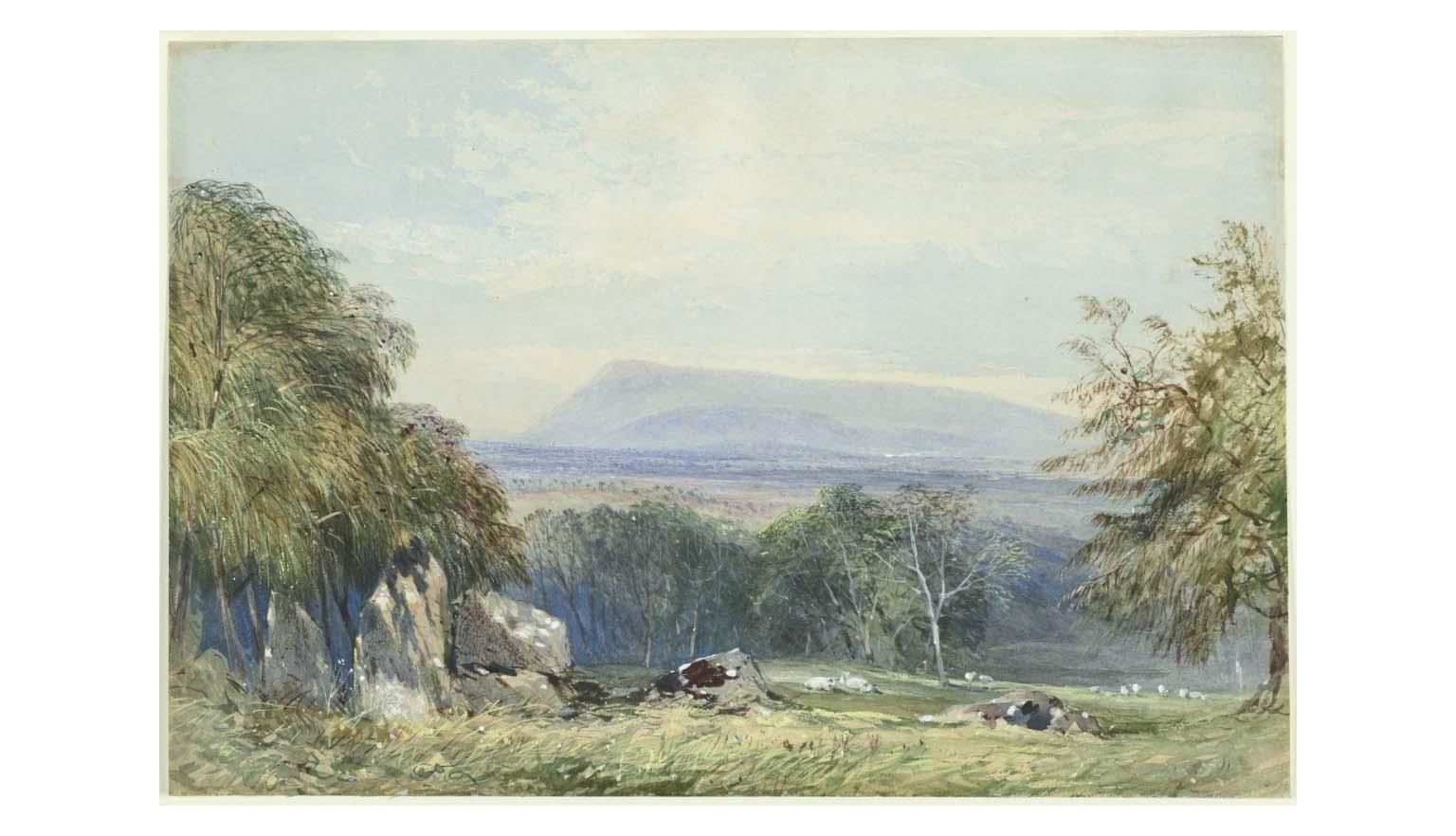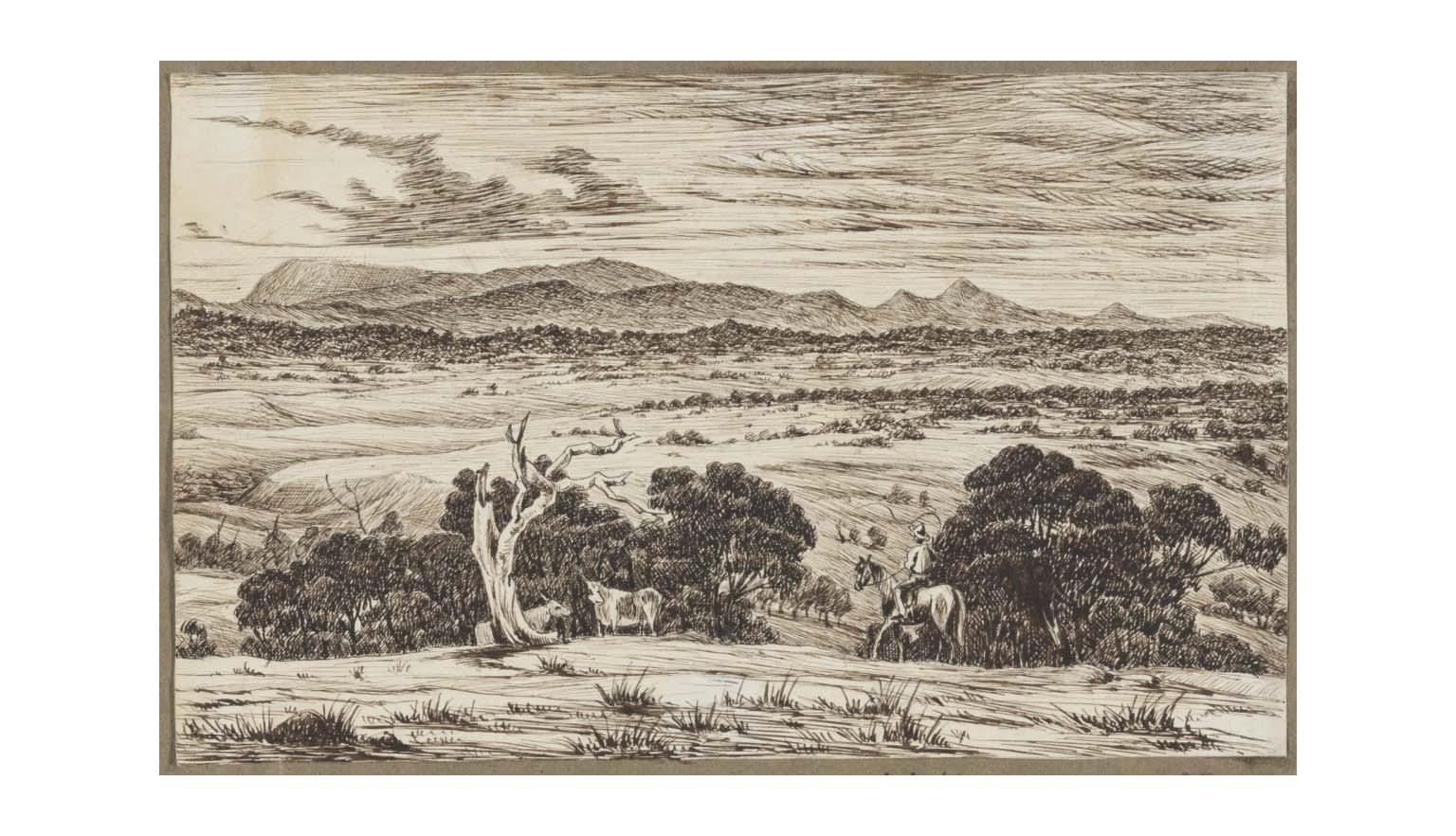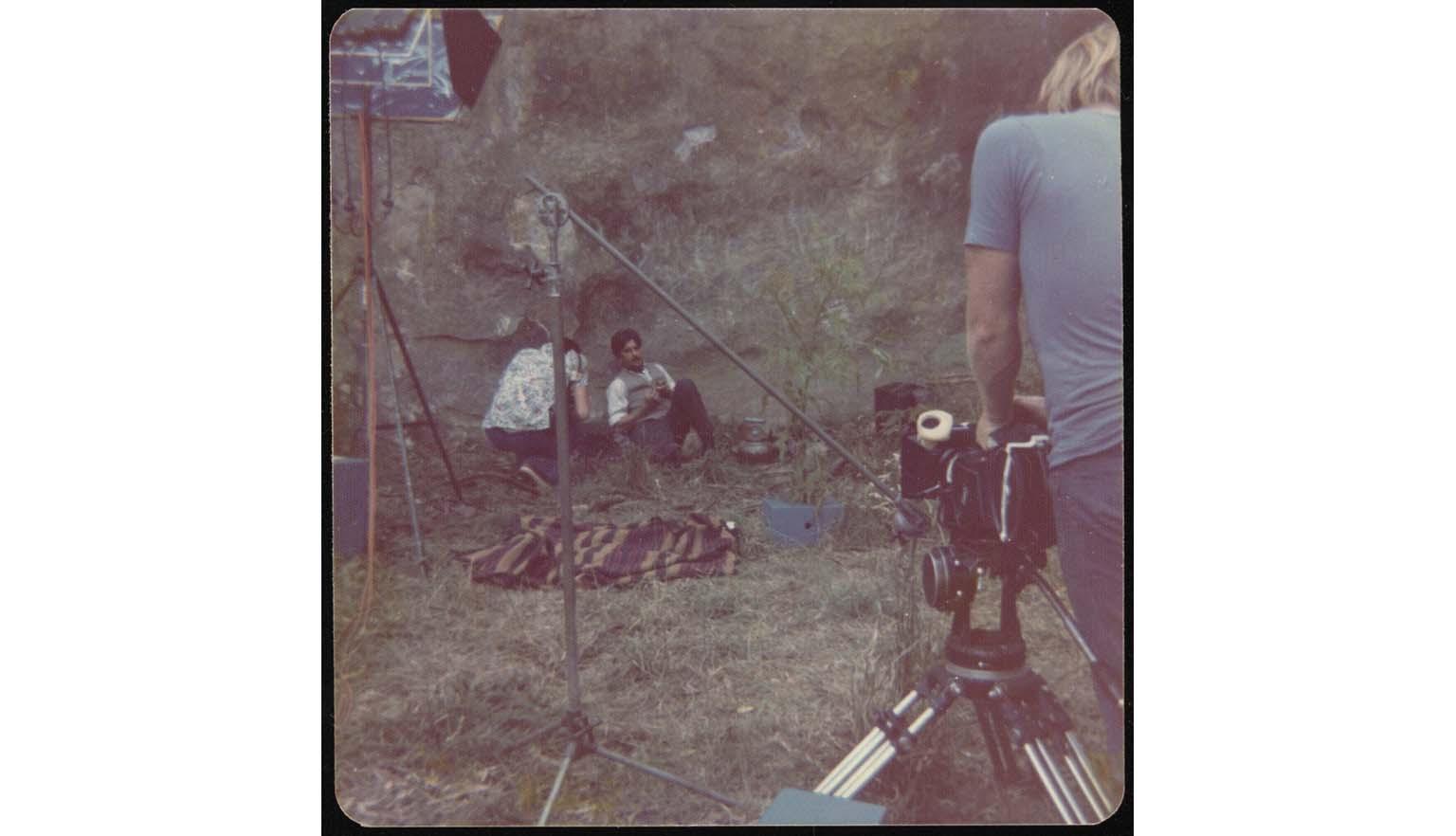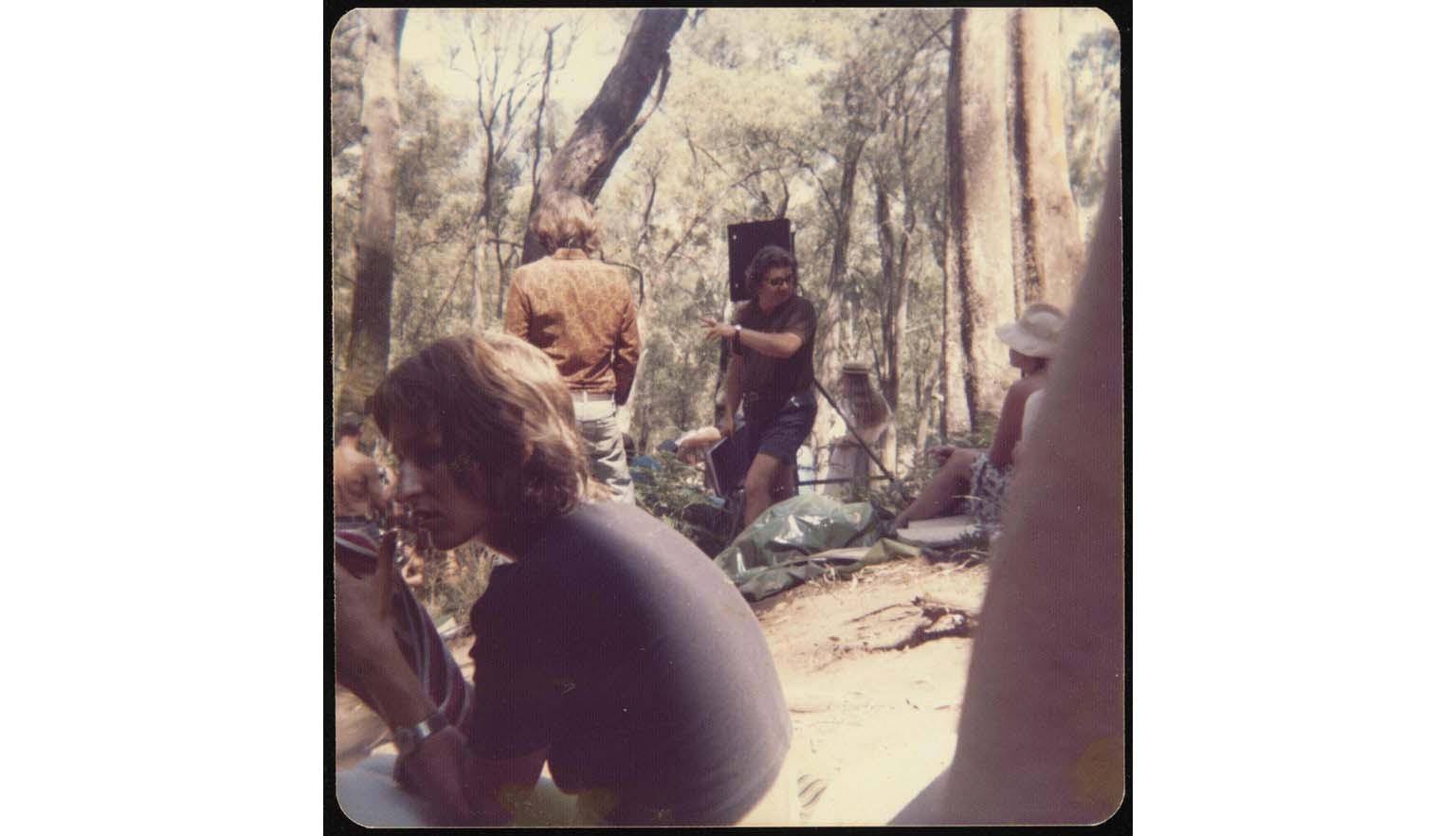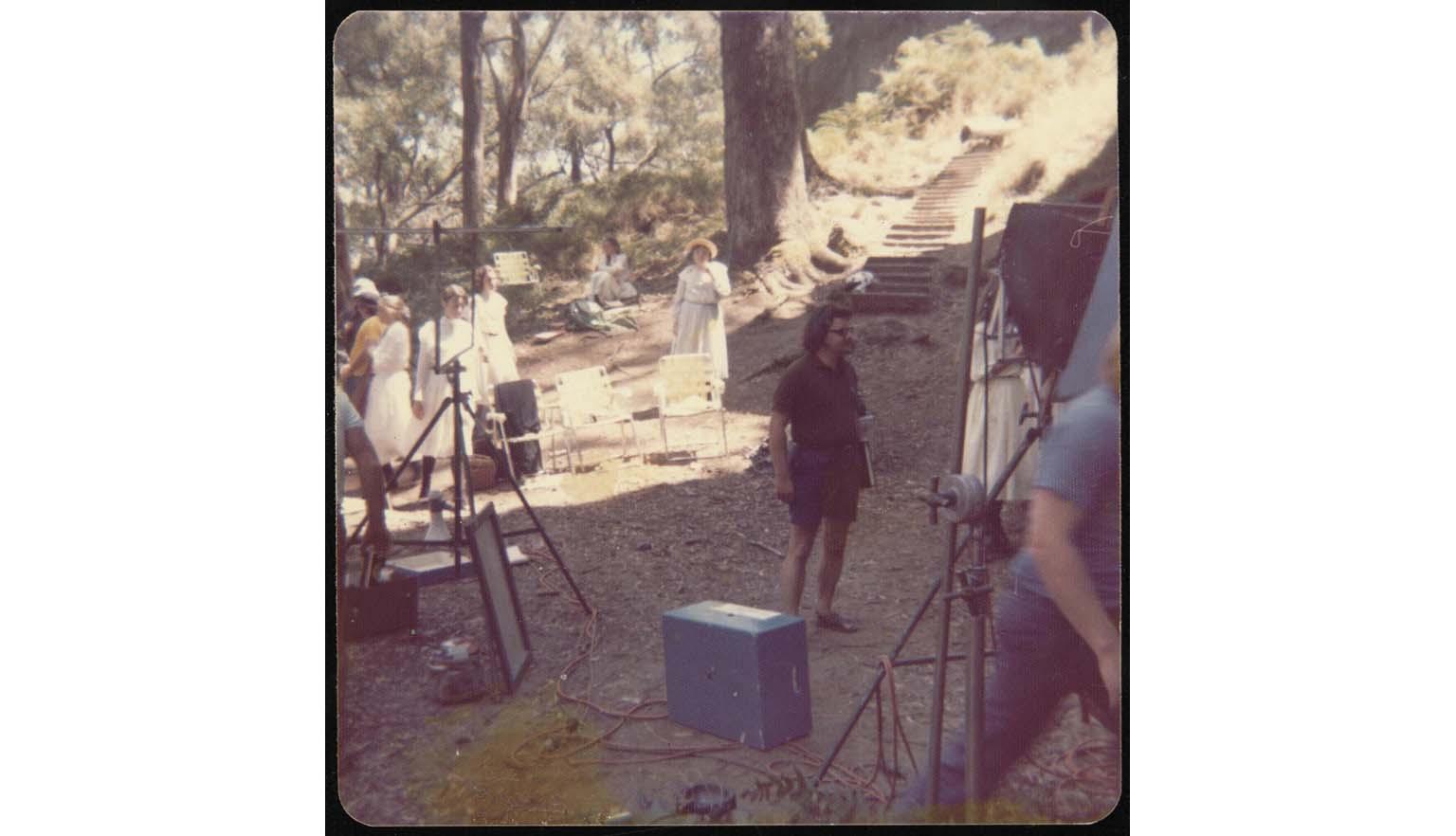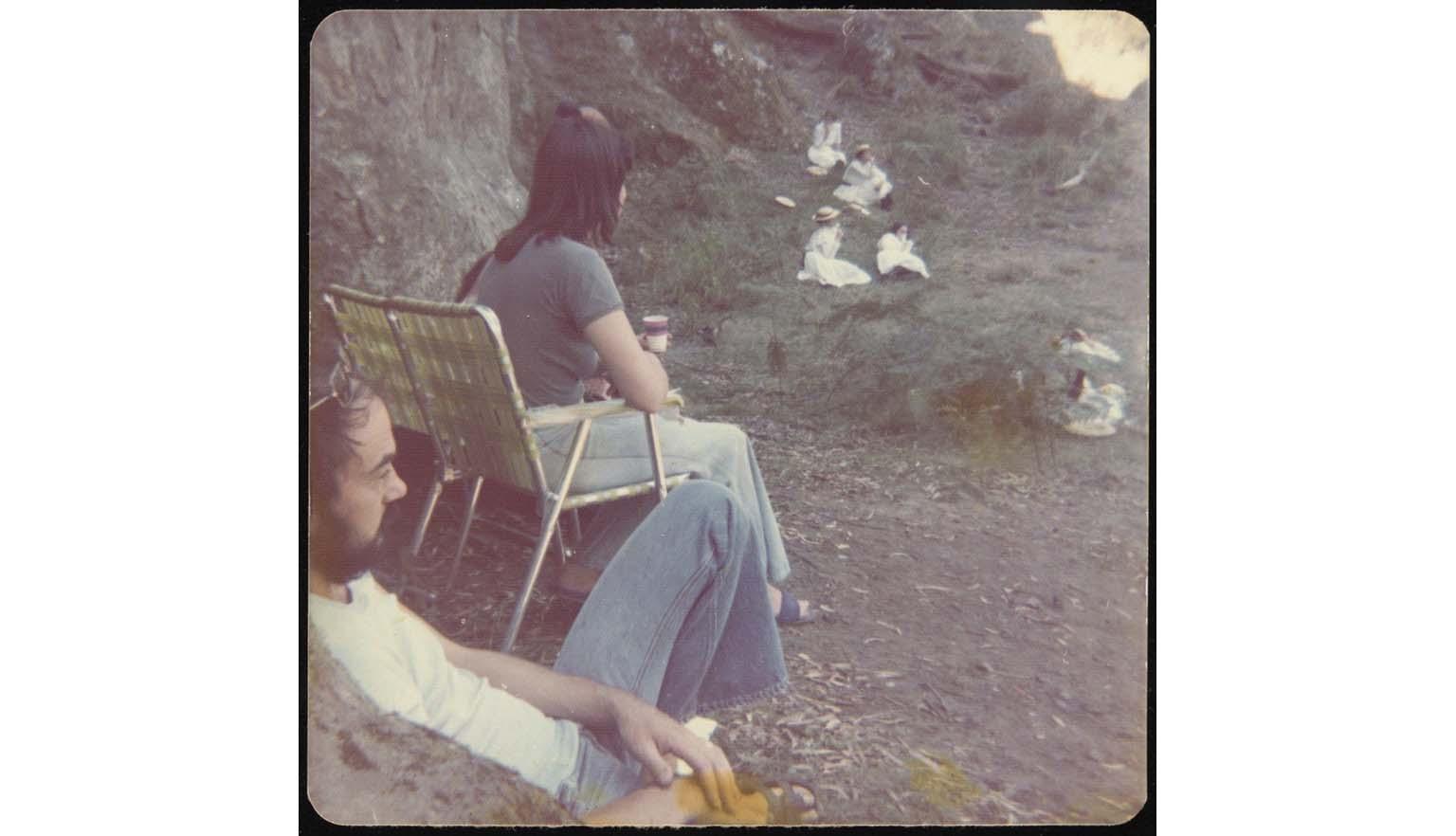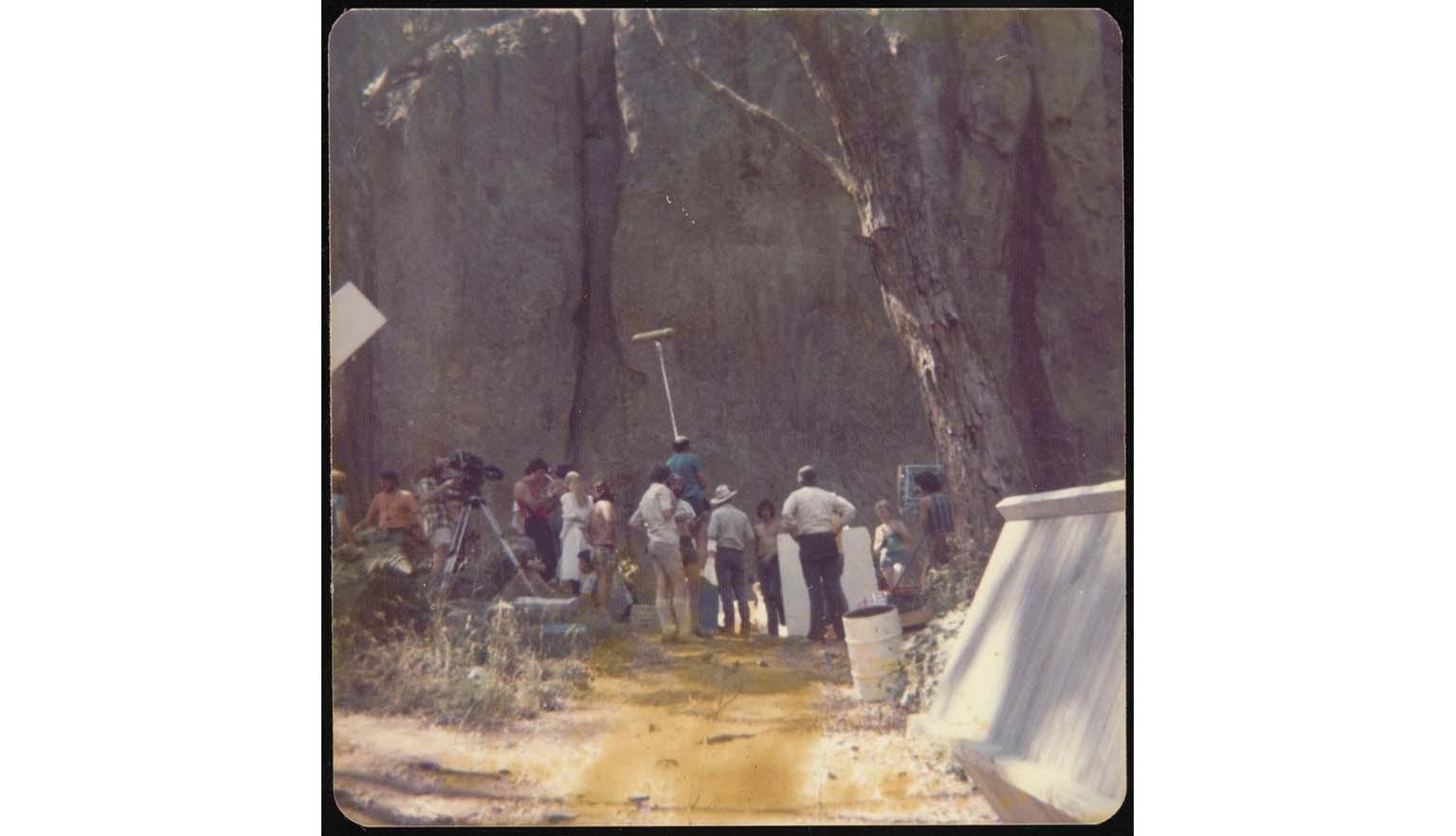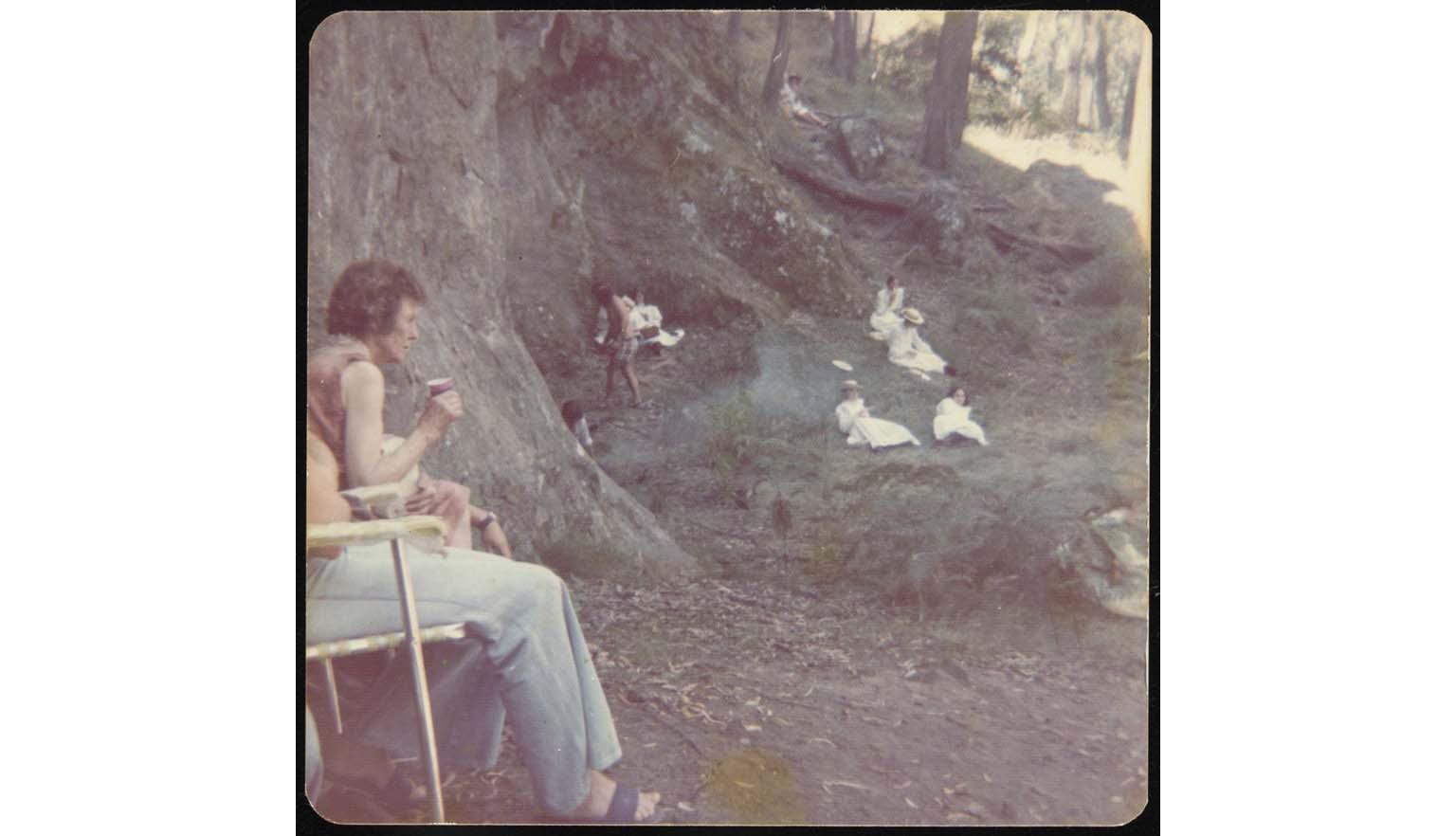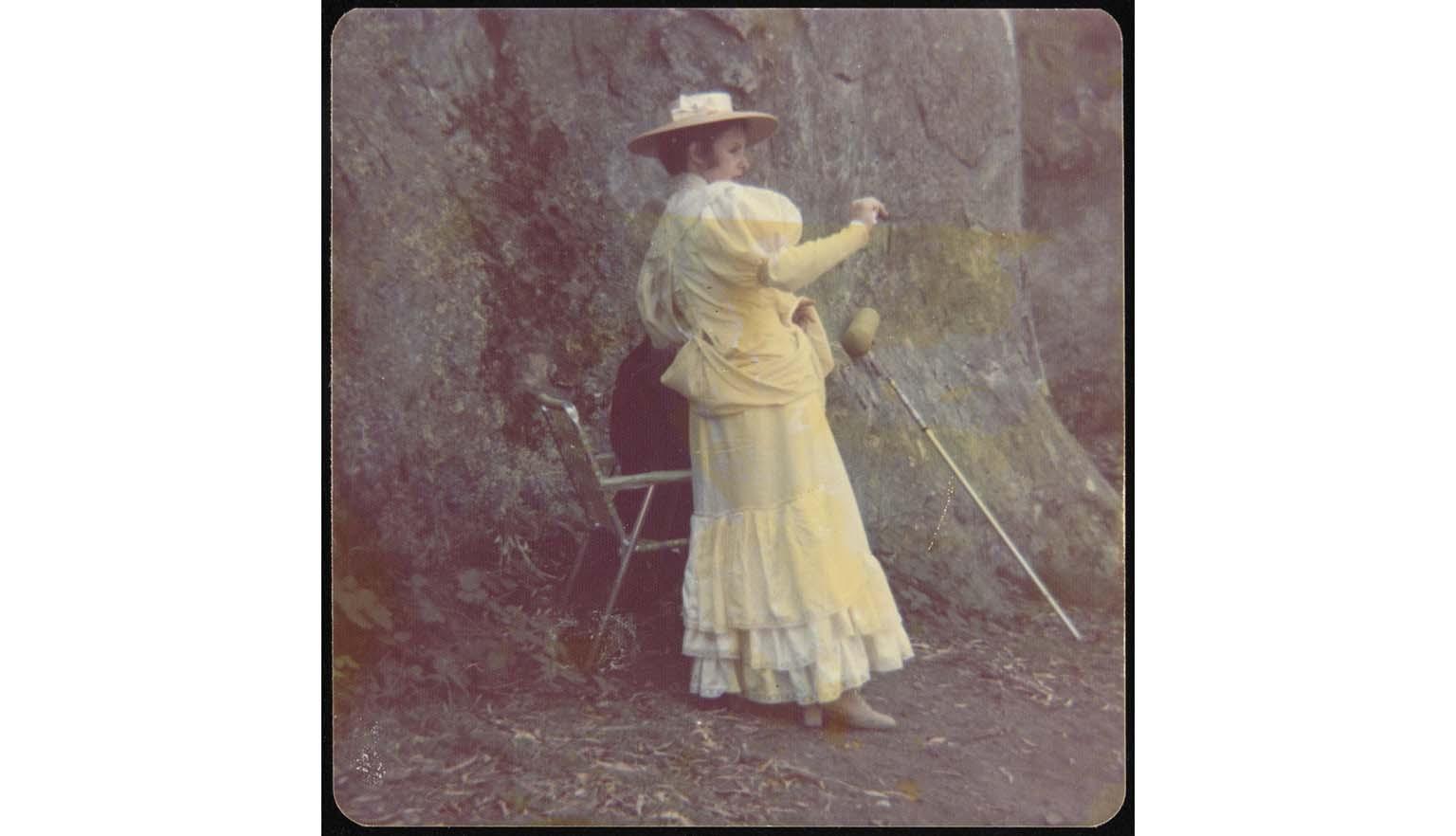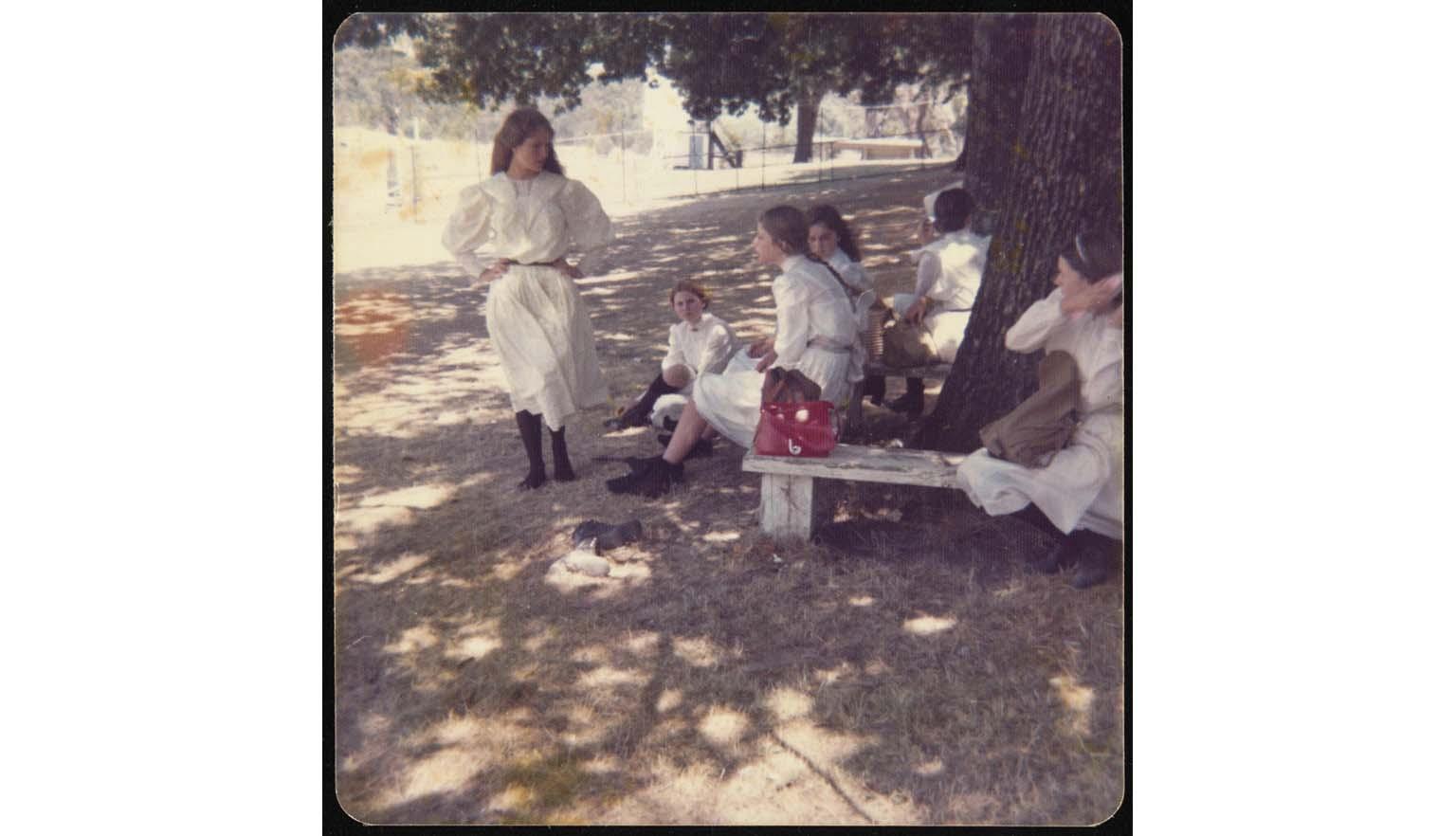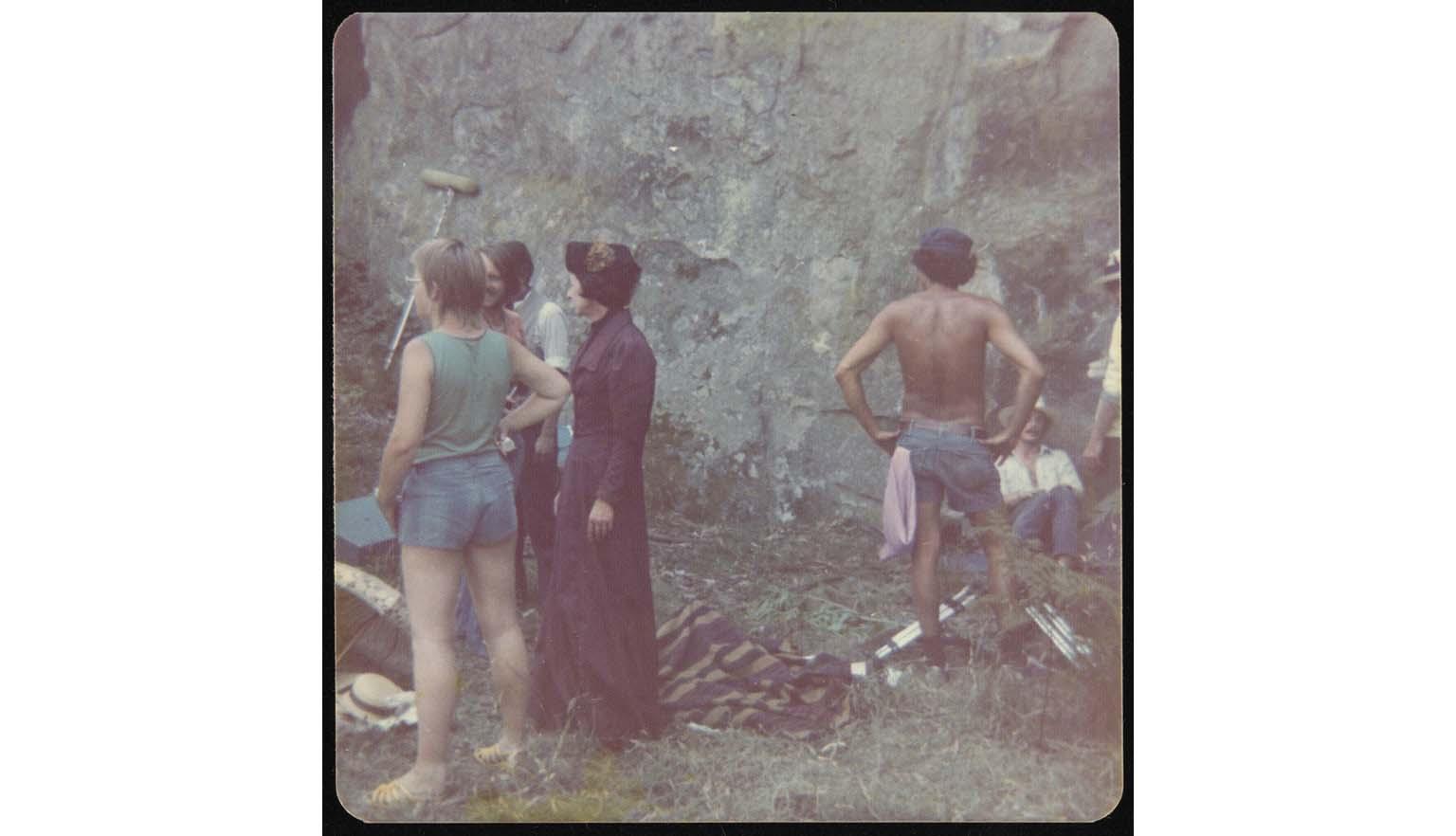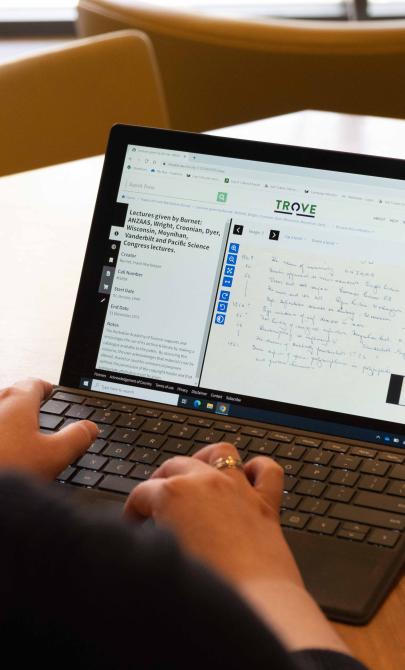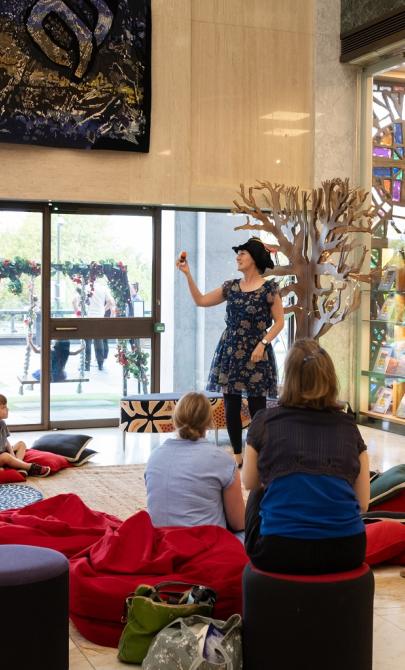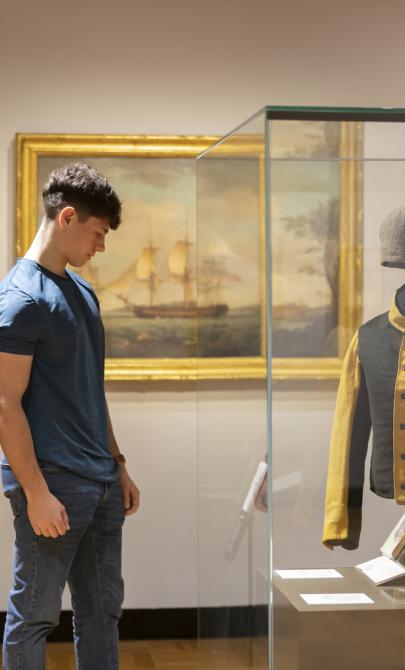Literature by Joan Lindsay – 'Picnic at Hanging Rock'
About Joan Lindsay
Joan Lindsay (1896–1984), born Joan à Beckett Weigall in St Kilda, Melbourne, was the daughter of a musician and a prominent judge. From the age of 13, she attended a boarding school that was later renamed Clyde Girls’ Grammar School. The school was relocated to Macedon, near Hanging Rock, in 1919.
Lindsay studied art at the National Gallery of Victoria Art School, where she was taught painting by Bernard Hall and Frederick McCubbin. She exhibited her work in Melbourne and met fellow student Daryl Lindsay, one of five artistic siblings, including The Magic Pudding author Norman Lindsay.
Joan and Daryl married on Valentine’s Day in 1922 in England and returned to Australia, settling at Mulberry Hill near Frankston. During the Great Depression, they rented out their home and moved elsewhere. It was during this time that Lindsay turned her attention from painting to writing. She wrote two plays—one was performed in England, though neither was published.
Her first novel, Through Darkest Pondelayo (1936), was a satirical parody of travel writing. In 1962, she published Time Without Clocks, an autobiographical novel about her early married life. Her most famous book, Picnic at Hanging Rock, was published in 1967 when she was 71.
Learning activities
Activity 1: Location identification
As a class, study the maps above and locate these key areas referred to in the novel:
- Woodend
- Macedon
- Castlemaine
- Hanging Rock (Mount Diogenes)
- Melbourne
Discuss:
- How far are these places from each other?
- How far are they from Melbourne?
- What would this mean in terms of travel time in 1900?
Activity 2: Hanging Rock
Hanging Rock has long been a popular recreation area. Study the pictures above and discuss the following:
- What’s happening in the images?
- How are people dressed?
- Does their clothing look appropriate for summer in Australia?
- Why would they be dressed this way?
- What other activities might people from the early 1900s be doing at Hanging Rock?
Activity 3: The significance of Hanging Rock
Hanging Rock is a sacred site for the Wurundjeri people, part of the Kulin Nation. Using the following questions, have students research the traditional custodians of the Macedon Ranges and surrounding areas:
- Where are the traditional custodians now?
- Why was Hanging Rock an important place to them?
- What did they do at Hanging Rock?
- What else can you find out about the traditional custodians?
Fact or fiction?
Lindsay has peppered her novel with hints to indicate both that the story could be real and that it could be fake.
The novel opens with a note from the author:
Whether Picnic at Hanging Rock is fact or fiction, my readers must decide for themselves. As the fateful picnic took place in the year nineteen hundred, and all the characters who appear in this book are long since dead, it hardly seems important.
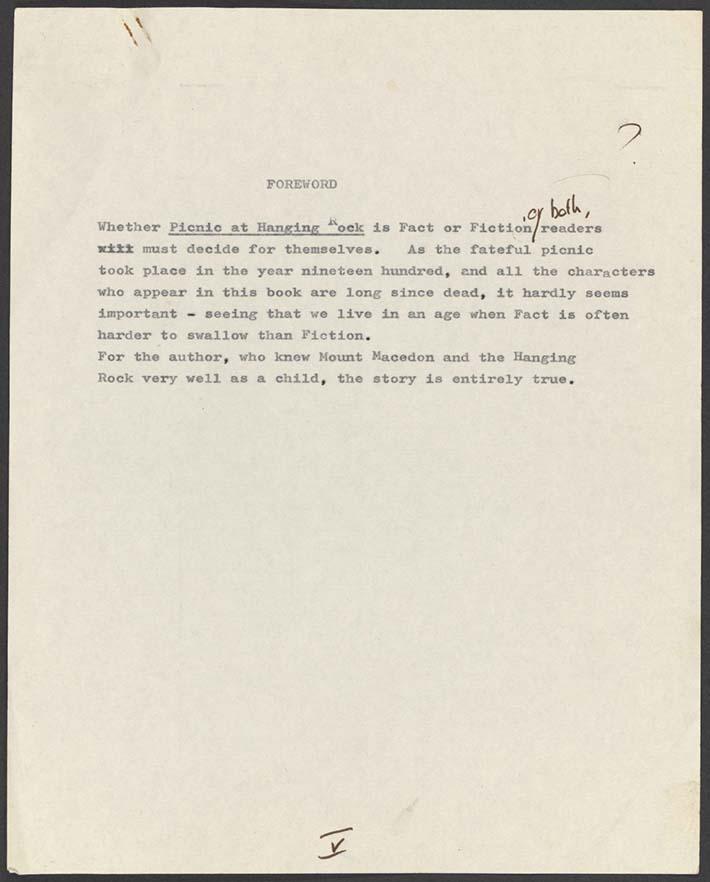
Joan Lindsay & Andrew Fabinyi, Typescripts, [ca. 1967], nla.gov.au/nla.obj-573778720
Joan Lindsay & Andrew Fabinyi, Typescripts, [ca. 1967], nla.gov.au/nla.obj-573778720
Many people have taken this to mean that the events of Picnic at Hanging Rock were true or at least based on real events.
Discuss:
- Does it matter to you whether the story is true?
- Why do you think Lindsay chose not to clarify?
- How does your perception of the story change if it’s true or not?
- What clues in the novel support or challenge the idea that the story is based on real events?
For the cynics
For cynics, the purpose of life was to live simply and to reject wealth, fame and power. The first philosopher to outline these themes was Antisthenes, who had been a pupil of Socrates in the late fifth century BC. He was followed by Diogenes of Sinope - a Greek philosopher and one of the main proponents of Cynic philosophy - who lived in a tub on the streets of Athens. Diogenes took Cynicism to its logical extremes and came to be seen as the archetypal Cynic philosopher. He was followed by Crates of Thebes who gave away a large fortune so he could live a life of Cynic poverty in Athens. Cynicism spread with the rise of Imperial Rome in the first century, and Cynics could be found begging and preaching throughout the cities of the empire.
By the nineteenth century, emphasis on the negative aspects of Cynic philosophy led to the modern understanding of cynicism to mean a disposition of disbelief in the sincerity or goodness of human motives and actions.
Activity 4: Explore the name 'Mount Diogenes'
Explain to students that Hanging Rock is officially known as Mount Diogenes and who Diogenes was. Ask students whether Joan Lindsay might have set her story at Mount Diogenes as a clue to whether the story is true or not?
The Australian bush
The Australian bush is often portrayed in art and literature as vast, mysterious and dangerous. In contrast to the lush English countryside, the bush symbolised the unknown to early European settlers.
Activity 5: Comparing the landscape
Discuss the differences between these environments:
- How would a population that hails mostly from the United Kingdom feel in this new environment?
Activity 6: Other stories of people lost in the bush
Identify other stories where people go missing or the bush is portrayed as threatening, such as:
- Dot and the Kangaroo
- Lost
- Big Bad Banksia Men by May Gibbs
Discuss:
- What was similar about those stories? What was different?
- Why is this topic such a persistent theme in Australian literature and film?
- Can you think of any real-life examples of people going missing in the bush? What impact did those events have on Australians?
Activity 7: Investigating real-life disappearances
Ask students to search through newspapers and investigate a real-life disappearance of children in Australia using Trove.
Discuss: What was the public's reaction to these events?
The author's perspective
Lindsay contrasts white, colonial Australia with the extremities of the Australian landscape, particularly in the Macedon Ranges.
Activity 8: Perspectives
With the students, examine the opening chapters of the book and the references to the boarding school.
- From where do you think Lindsay drew inspiration for the description of the school, its location and inhabitants?
- How would the story have been different if it had been written by someone who had never been to boarding school?
- Our perspective on a situation can be very heavily influenced by our age and experience. How do the girls respond to the events in the novel?
- How is this different from how the adult characters react?
- Lindsay was in her 70s when she published Picnic at Hanging Rock. Could her age have affected the way she wrote about the girls of Appleyard College?
Concluding activities
Lindsay originally wrote an 18th chapter that explained the fate of the missing girls, but chose not to include it in the final publication. The mystery became central to the novel’s impact and success. Director Peter Weir’s 1975 film adaptation also left the mystery unresolved.
Ask students to:
- Read the novel and watch the film adaptation.
- Discuss recurring motifs like time, insects, birds and the bush.
- Use these themes to write their own 18th chapter imagining what happened at Hanging Rock.
- Alternatively, work in groups to create a short film version of their ending.
After presenting their work, tell students that Lindsay’s original 18th chapter was published posthumously in The Secret of Hanging Rock.
Discuss:
- Do you want to know what happened in the missing chapter?
- Was the publisher right to cut it?
- Does knowing the ending change how you feel about the novel?
